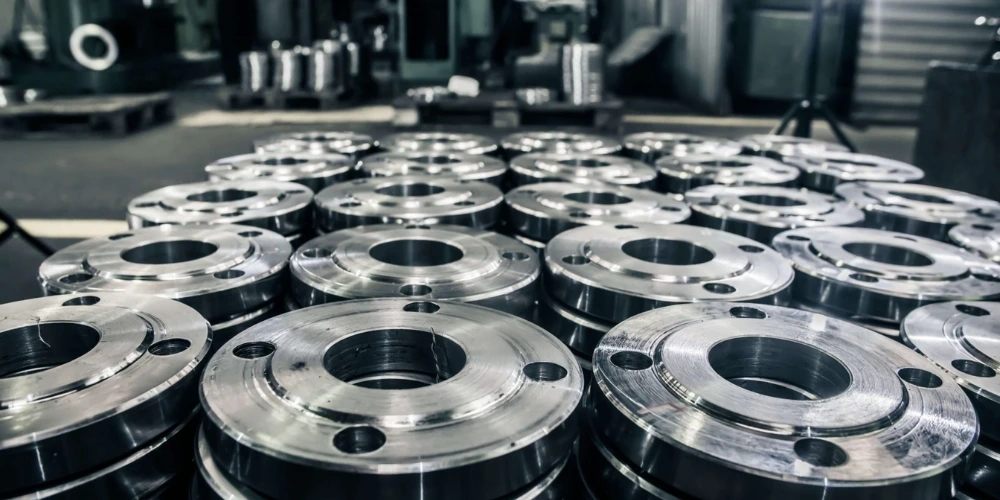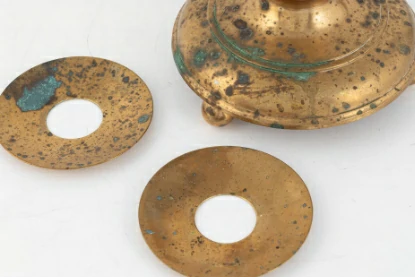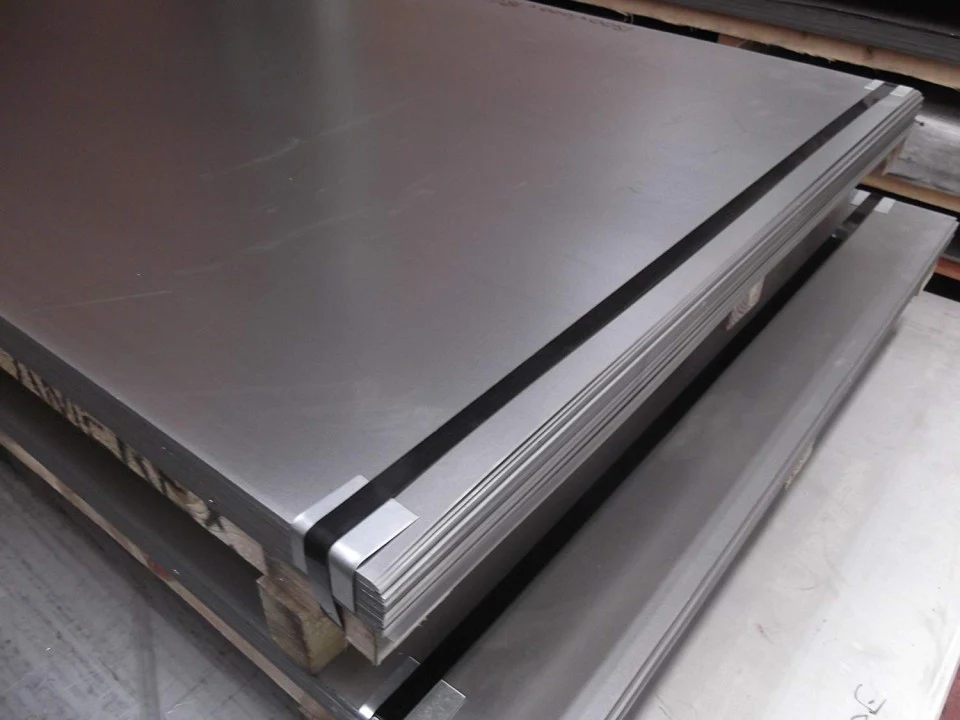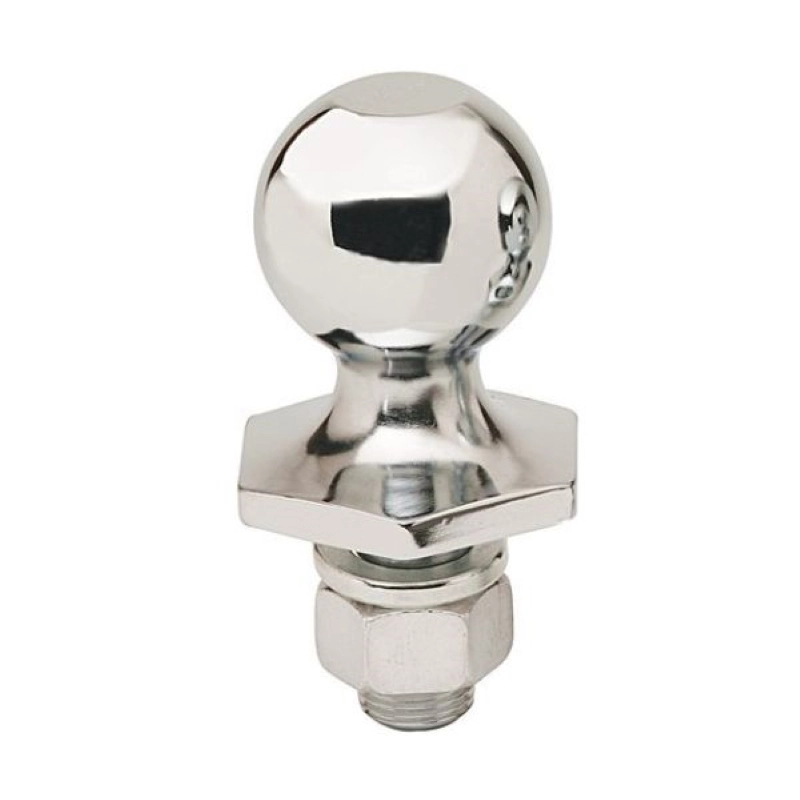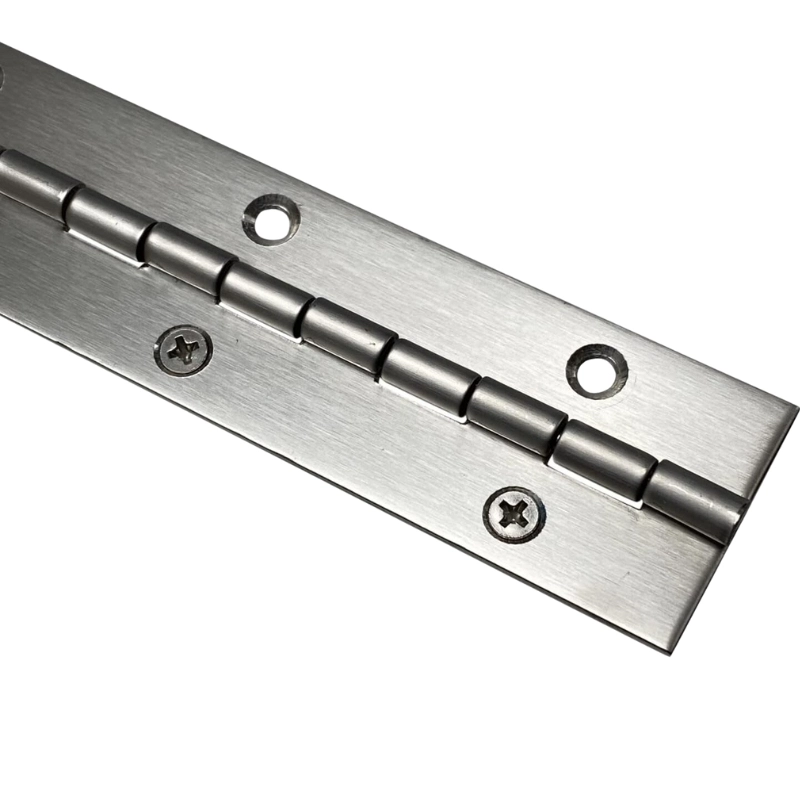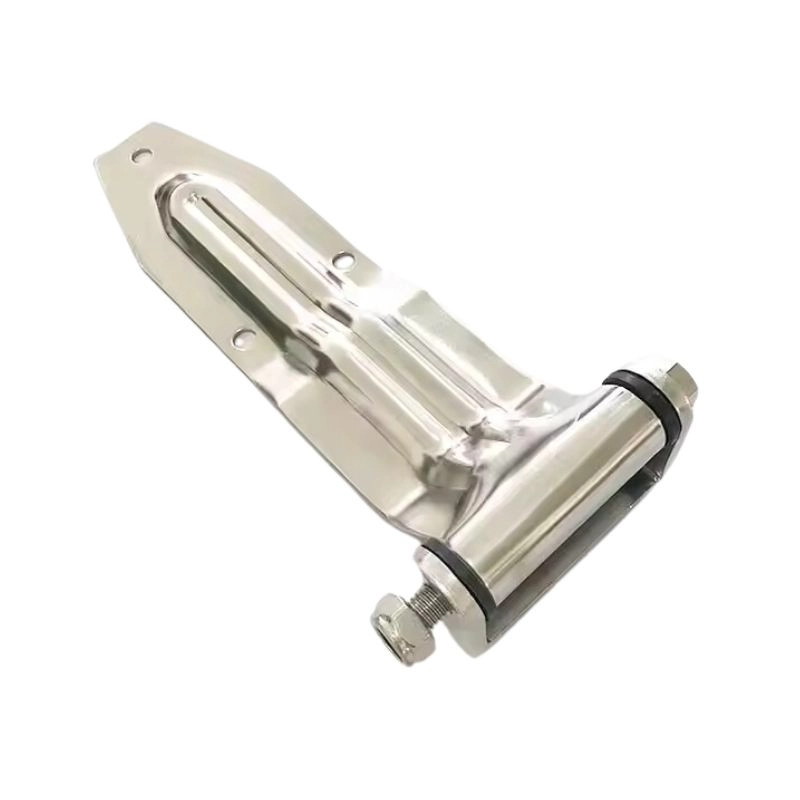Stainless steel is a widely used material known for its corrosion resistance, durability, and versatility in various industries. Among the numerous grades available, 303 stainless steel e Acciaio inossidabile 304 are two of the most commonly used austenitic stainless steels. While both belong to the 300 series and share many characteristics, they also have significant differences that make them suitable for different applications.
This article provides a detailed comparison of 303 vs. 304 stainless steel, covering their chemical composition, mechanical properties, corrosion resistance, machinability, cost and applications.
Composizione chimica

The primary difference between 303 and 304 stainless steel lies in their chemical composition, particularly the addition of sulfur in 303 stainless steel for improved machinability.
Elemento | Acciaio inossidabile 303 | Acciaio inossidabile 304 |
Cromo (Cr) | 17.0 – 19.0% | 18.0 – 20.0% |
Nichel (Ni) | 8.0 – 10.0% | 8.0 – 10.5% |
Carbonio (C) | ≤ 0.15% | ≤ 0.08% |
Manganese (Mn) | ≤ 2.0% | ≤ 2.0% |
Silicio (Si) | ≤ 1.0% | ≤ 1.0% |
Fosforo (P) | ≤ 0.20% | ≤ 0.045% |
Zolfo (S) | 0.15 – 0.35% | ≤ 0.03% |
Ferro (Fe) | Equilibrio | Equilibrio |
The 303 Stainless Steel contains a significantly higher sulfur (0.15–0.35%) content, which enhances machinability but slightly reduces corrosion resistance and weldability. Whereas, the 304 Stainless Steel has lower carbon (≤0.08%) and sulfur (≤0.03%), which provides better corrosion resistance, higher weldability, and increased versatility in applications.
Proprietà meccaniche
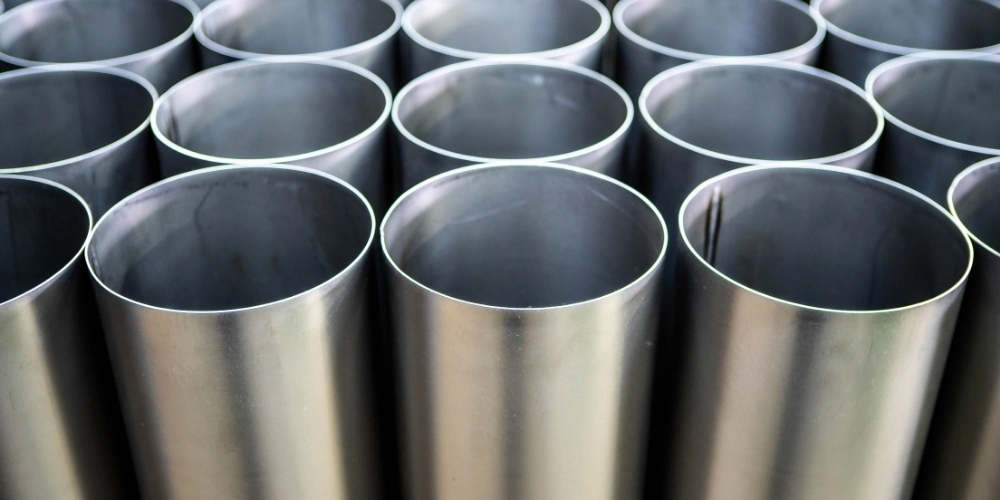
Both 303 stainless steel and 304 stainless steel possess excellent mechanical properties, but 303 stainless steel has slightly reduced corrosion resistance due to the addition of sulfur.
When comparing their tensile strength, 303 stainless steel offers a higher value of 620 MPa compared to 515 MPa for 304 stainless steel, making it more rigid and resistant to deformation under stress.
However, 304 stainless steel provides superior elongation at 40% versus 35% for 303, making it more ductile and better suited for applications requiring bending and shaping.
In terms of hardness, 303 stainless steel is marginally harder due to its sulfur content, which enhances machinability but makes it less ideal for welding compared to 304 stainless steel.
These differences make 303 stainless steel preferable for machining-intensive applications, while 304 stainless steel is a better choice for welding and forming where greater flexibility is required.
Resistenza alla corrosione
Corrosion resistance is a critical factor in stainless steel selection, particularly in industries like food processing, marine, and chemical applications. 304 stainless steel offers superior corrosion resistance due to its lower sulfur content, making it highly resistant to oxidation, rust, and chemical exposure.
In contrast, 303 stainless steel, with its added sulfur, is more susceptible to corrosion in chloride-rich environments such as coastal areas and saltwater applications. As a result, 304 stainless steel is the preferred choice for harsh environments where exposure to acids, salts, and moisture is a primary concern, ensuring long-term durability and reliability.
lavorabilità
303 stainless steel is one of the most machinable austenitic stainless steels due to its high sulfur content, making it easier to cut, drill, and shape with precision.
In contrast, 304 stainless steel is more difficult to machine as it tends to gum up cutting tools, leading to slower machining speeds and increased tool wear. For applications requiring extensive machining, 303 stainless steel is the better choice due to its improved workability and efficiency in machining processes.
Saldabilità
304 stainless steel excels in weldability, making it the preferred choice for welding-heavy applications. In contrast, 303 stainless steel is difficult to weld due to its high sulfur content, which can lead to cracks and reduced weld strength.
If welding is necessary, 304 stainless steel is strongly recommended, while 303 should be avoided in applications requiring extensive welding to ensure structural integrity and durability.
Resistenza al calore
304 stainless steel has better heat resistance, making it suitable for high-temperature applications such as exhaust systems and heat exchangers. While 303 stainless steel can endure high temperatures, it is not recommended for prolonged exposure above 800°F (427°C) due to its reduced oxidation resistance, which can compromise its durability in extreme heat conditions.
Cost Comparison
303 stainless steel is typically more expensive than 304 due to the added sulfur, which enhances machinability but requires additional processing. In contrast, 304 stainless steel is more widely available, resulting in lower overall costs for bulk applications.
However, for projects that require extensive machining, 303 stainless steel may be more cost-effective in the long run due to reduced machining time and lower tool wear, offsetting its higher initial material cost.
Applicazioni dell'acciaio inossidabile 303

Due to its excellent machinability and mechanical properties, 303 stainless steel is widely used in applications that require precision machining and wear resistance. It is commonly found in fasteners, bolts, screws, gears, shafts, and precision-machined parts.
Additionally, it is used in valves, fittings, electrical components, and aerospace and automotive parts. Pump shafts and impellers also benefit from its high wear resistance and ease of machining. 303 stainless steel is best suited for machined components, non-welded applications, and mechanical parts that require high durability and wear resistance.
Applications of 304 Stainless Steel
Thanks to its superior corrosion resistance and versatility, 304 stainless steel is widely used in environments requiring durability against moisture, chemicals, and high temperatures. It is commonly found in food processing equipment, kitchen appliances, sinks, and medical and pharmaceutical equipment.
Additionally, it is used in chemical processing tanks, pipelines, architectural structures, marine applications, heat exchangers, and boilers. 304 stainless steel is best suited for applications in corrosion-resistant environments, welded components, food-grade and medical applications, as well as outdoor and marine exposure.
Conclusione
Both 303 and 304 stainless steel are excellent materials with distinct advantages. 303 excels in machinability, making it ideal for precision mechanical components, while 304 offers superior corrosion resistance and weldability, making it the better choice for food, medical, chemical, and marine applications.Top of Form
Scopri di più con i post del nostro blog.
messaggi recenti
Scopri di più sui nostri prodotti.
prodotti correlati
Preventivo immediato!
